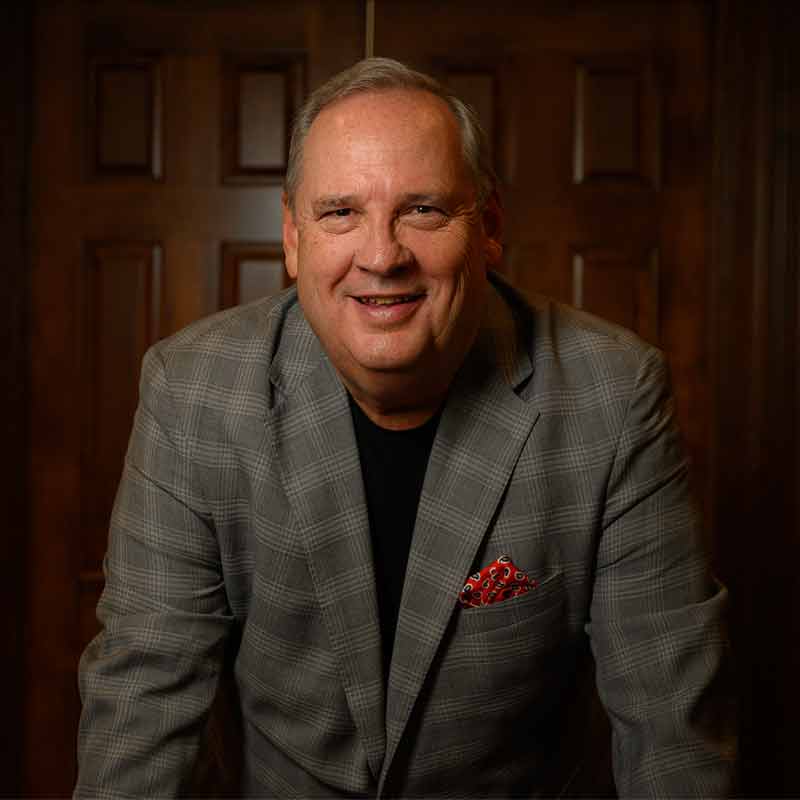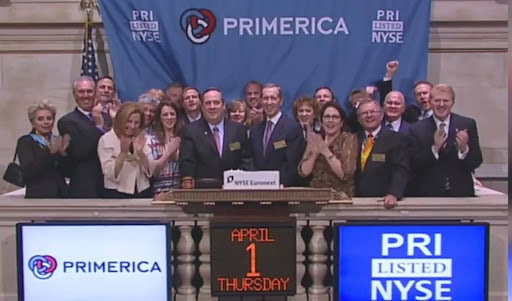Request Check Your Shocks


 Effective leaders emphasize to their employees that the competition is the competition—not each other. Workplace teams must be united in a shared vision that advances the whole rather than the individual. Great leaders encourage people to be part of a movement—not an organization—by creating a sense of mission, a cause that drives the team and what it is trying to accomplish.
Effective leaders emphasize to their employees that the competition is the competition—not each other. Workplace teams must be united in a shared vision that advances the whole rather than the individual. Great leaders encourage people to be part of a movement—not an organization—by creating a sense of mission, a cause that drives the team and what it is trying to accomplish.
By sharing a mission, people see what they do as not just a job but as making a real difference, allowing the organization’s broader objectives to override personal career goals. You want your people to compete, not compare, and also to understand that they do not win by tearing down someone else. Instead you encourage everyone to play his or her role and have a symbiotic relationship with one another so all team members perform to their highest potential.
People like to be part of something. Why do football fans paint their faces and wear goofy outfits to games? And when they leave a game, why do they say, “We won”? We didn’t do anything; the guys who played the game won. (We drank beer and yelled.) But people crave identities that are bigger than themselves. And a great leader is able to create a mission that is bigger than self-interest.
The way to build a sense of shared mission is through communicating it and by giving people responsibility—so they have ownership in the results of their efforts.
To build a highly functioning team, a leader has to have the right people on board. When I ran my company and was looking for someone to join the team’s inner circle, the first question I’d ask myself was whether this was a good person, someone I’d want to be around. The second thing I’d ask was whether that person would fit in with the company’s culture. And I always sought out people who had a good dose of humility in addition to the skills required for the job.
This is the ultimate dynamic behind successful teams—people with strong skill sets who work well together. People on a winning team strive to make each other look better; they are better as part of the team than they would be individually.
That’s the key to fostering healthy competition: creating an environment in which people feel important and view what they do—individually and as a team—as important. In leading this team, you have to be fair, and you have to make sure that when someone is doing great (or not-so-great) work, they know it. You communicate with people; you let them know where they stand.
The leader creates this environment and functions as a thermostat, not as a thermometer. A leader changes the temperature rather than measuring it. If you want people to work hard, you better work hard. If you want people to communicate, you better communicate. If you want to foster healthy competition, you have to build a team that rewards it.
You have to be the change you want to see in other people.

If you’re human, you’ve been afraid. Heck, you’ve probably even experienced the fear of something irrational, like the boogeyman or a monster under the bed. Those things aren’t real, but we experience them as though they are. I’m willing to bet that if you’re reading...

I’ve been talking about fear for more than twenty-five years—on stages, in boardrooms, and across kitchen tables with people who were searching for a way forward. The phrase “turn your fear into fuel” has been in my vocabulary for decades. But for one reason or...

No matter how prepared you think you are, the unknown will always find a way to slip into the equation. It’s inevitable. The true mark of a leader isn’t the ability to avoid uncertainty and fear—it’s the ability to confront it, adapt to it, and use it as a springboard...

A Monumental Day to Celebrate Today marks the 15th anniversary of Primerica’s IPO—a day that will forever be etched in my memory. April 1, 2010, was not just a milestone for the company but a testament to resilience, perseverance, and the power of pushing through...

“The scarcest resource in the world is not oil, it’s leadership.”
As Co-CEO of the largest independent financal services company in North America, John Addison’s skill as a leader was tested and honed daily. He retired in 2015 after taking the company and it’s people to massive heights. He’s just not done helping people get to the top. Today, he’s at the helm of Addison Leadership Group, INC working daily to mentor and educate new leaders.

0 Comments